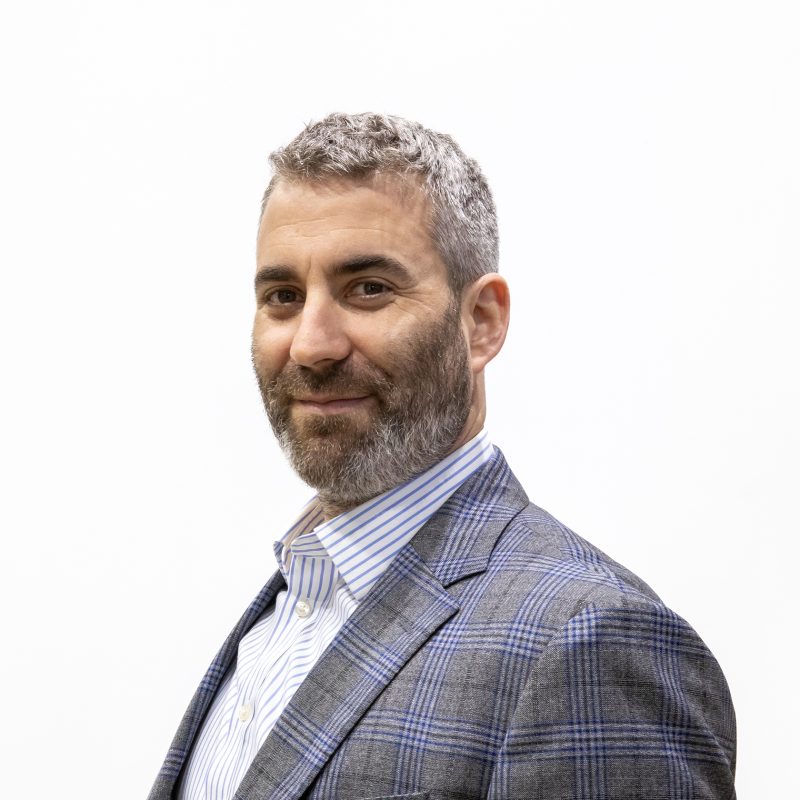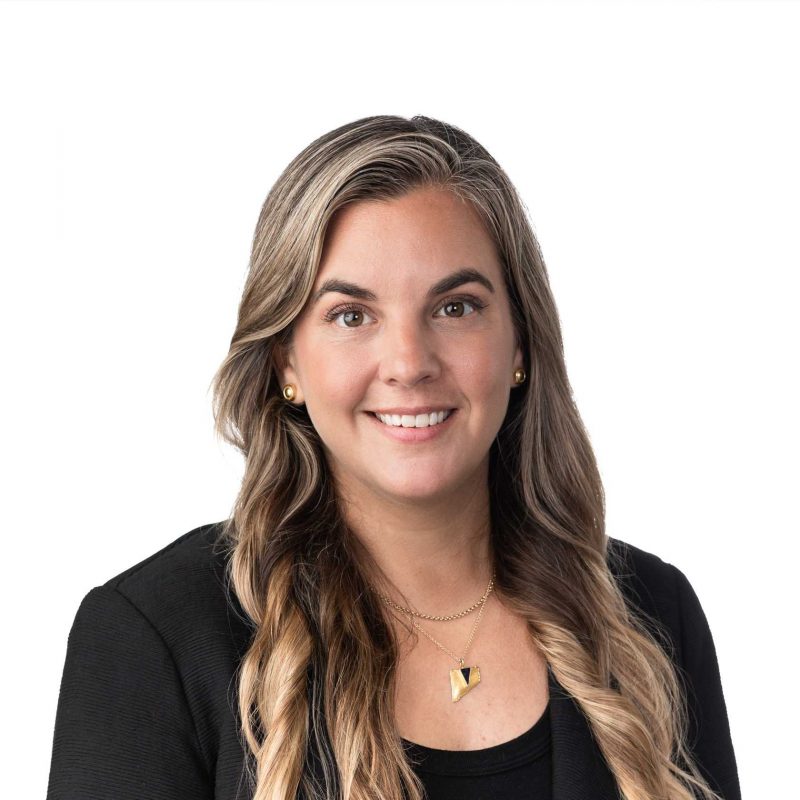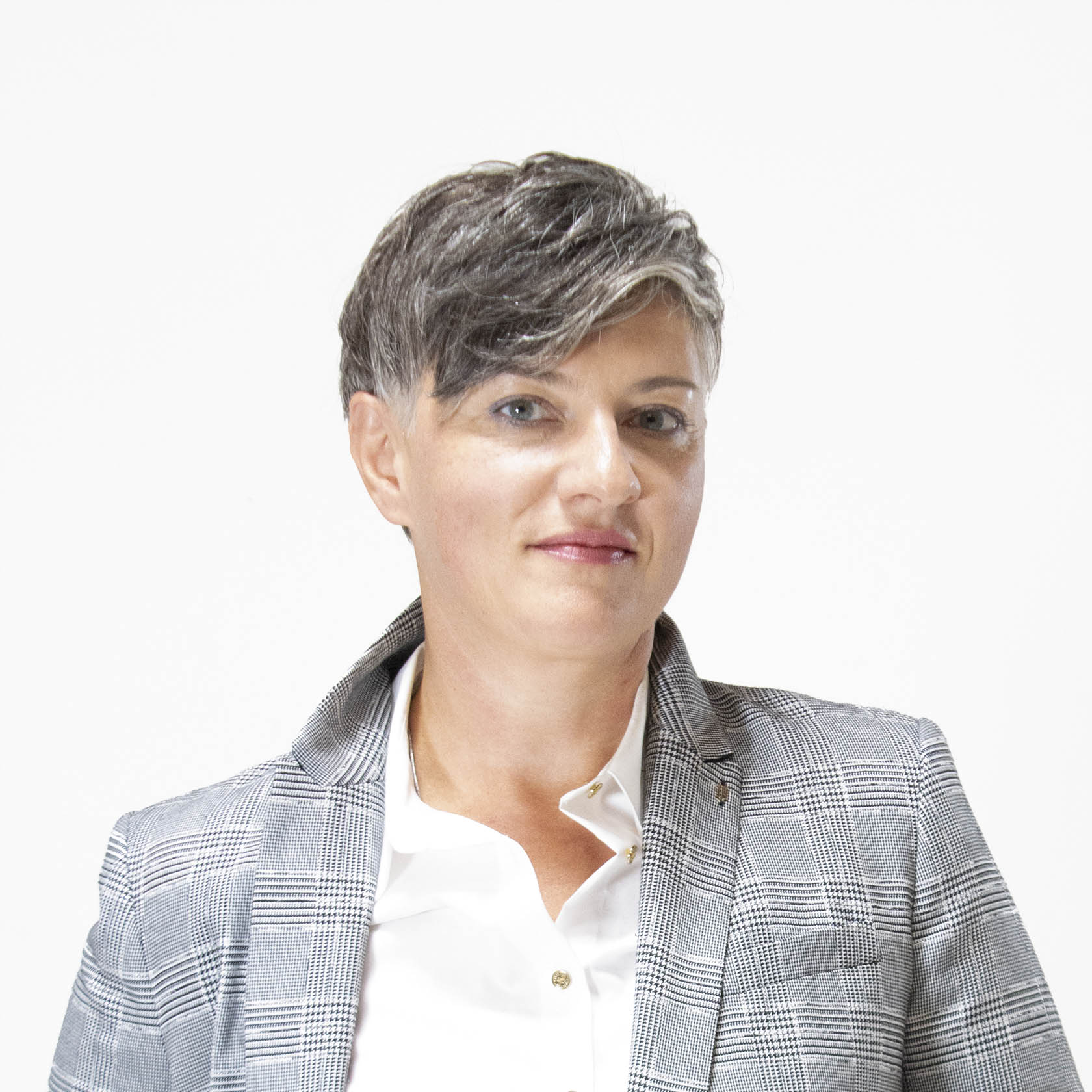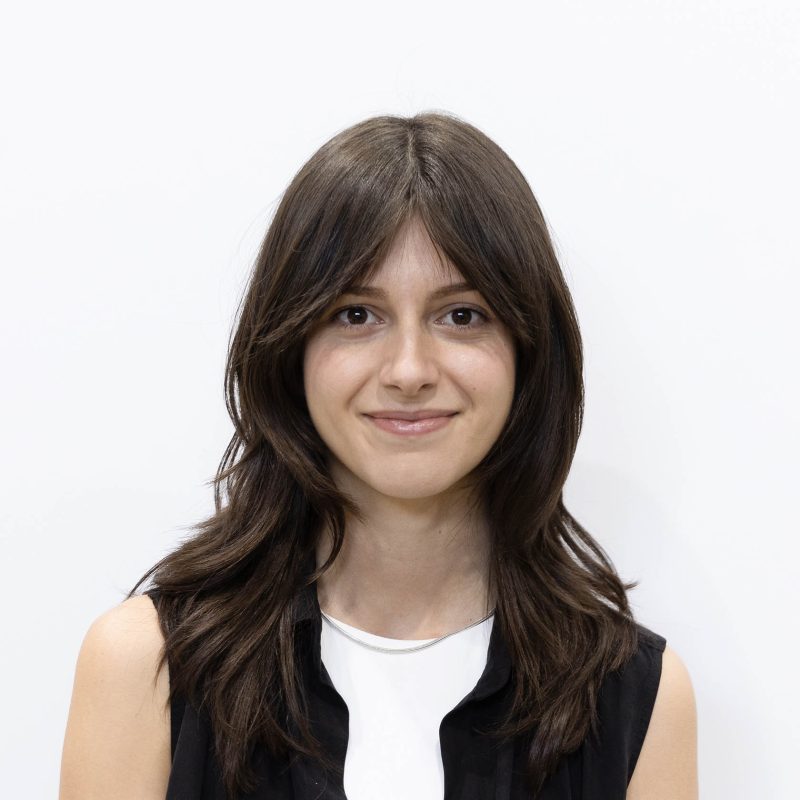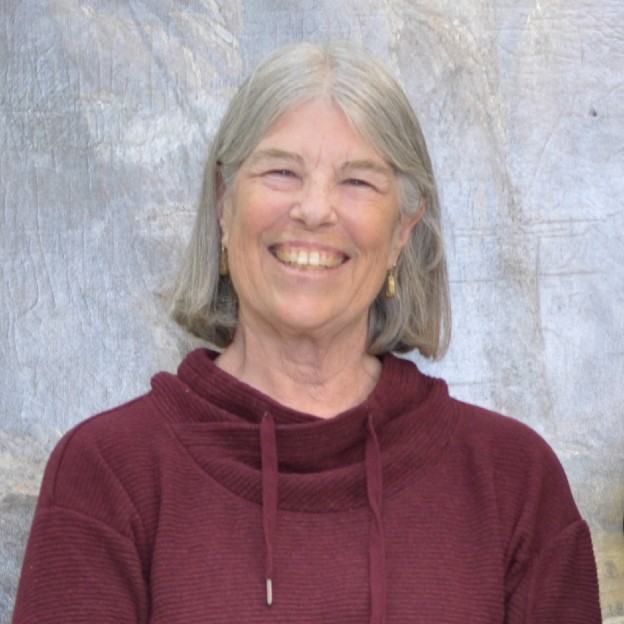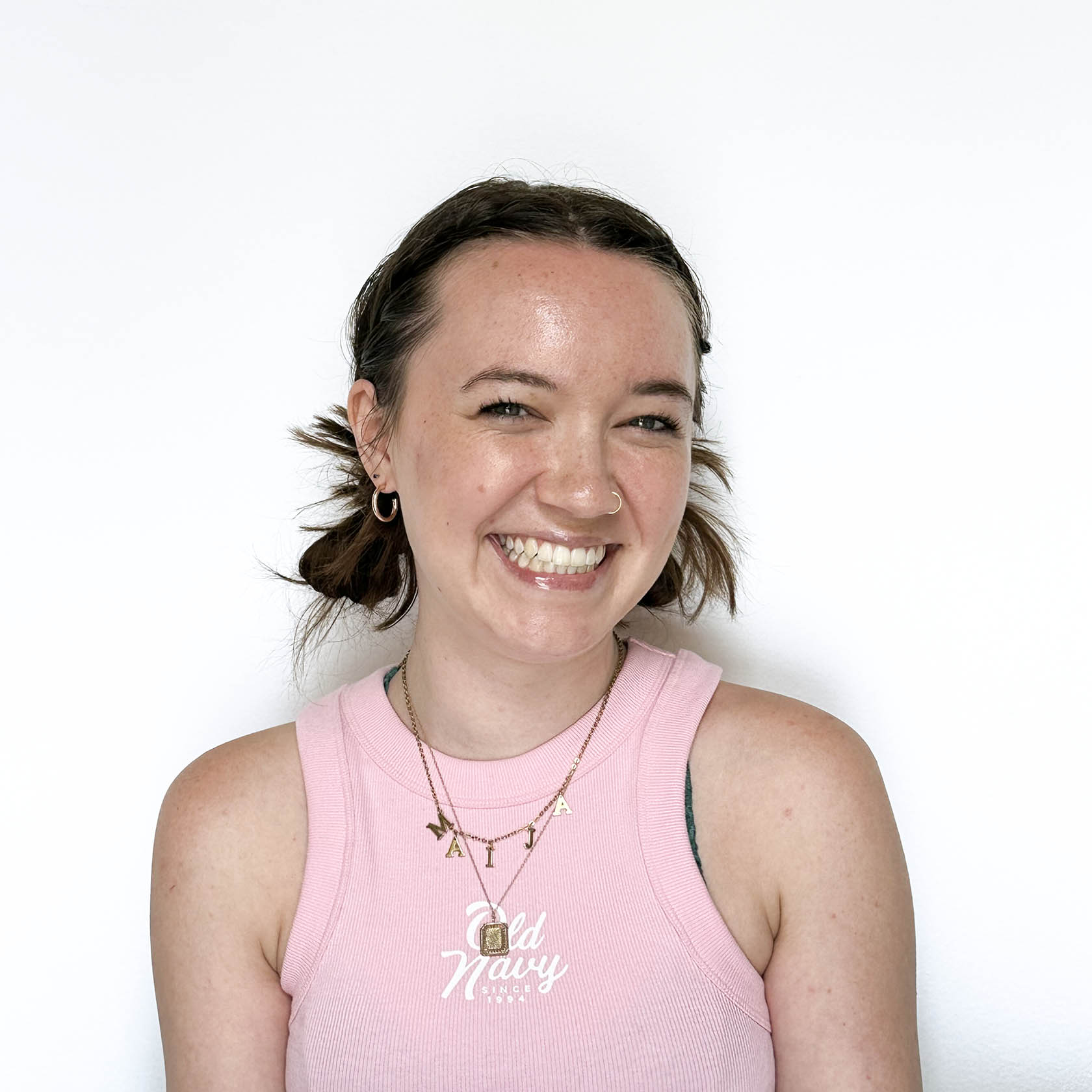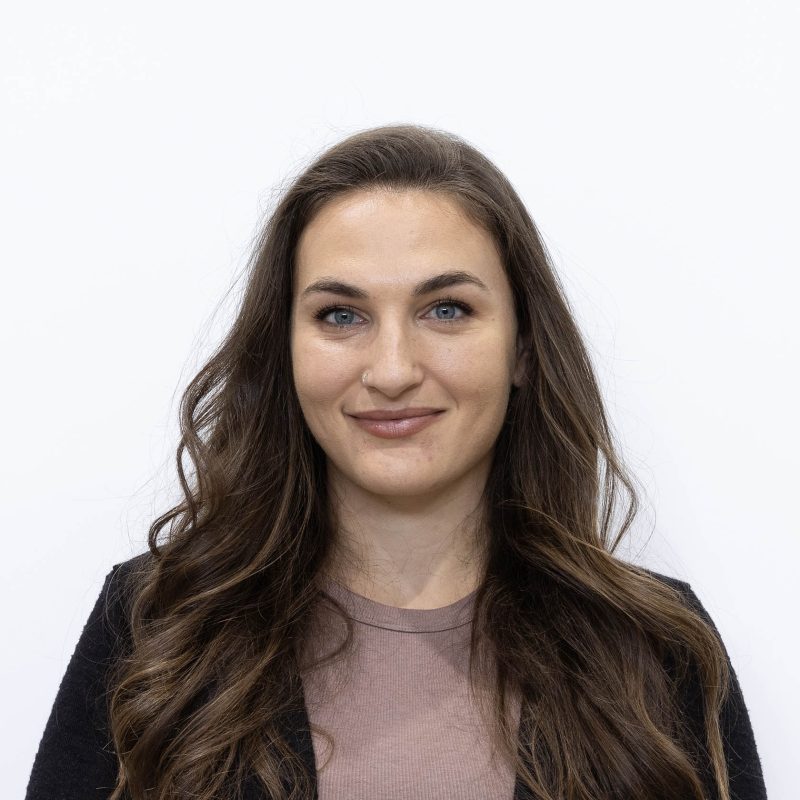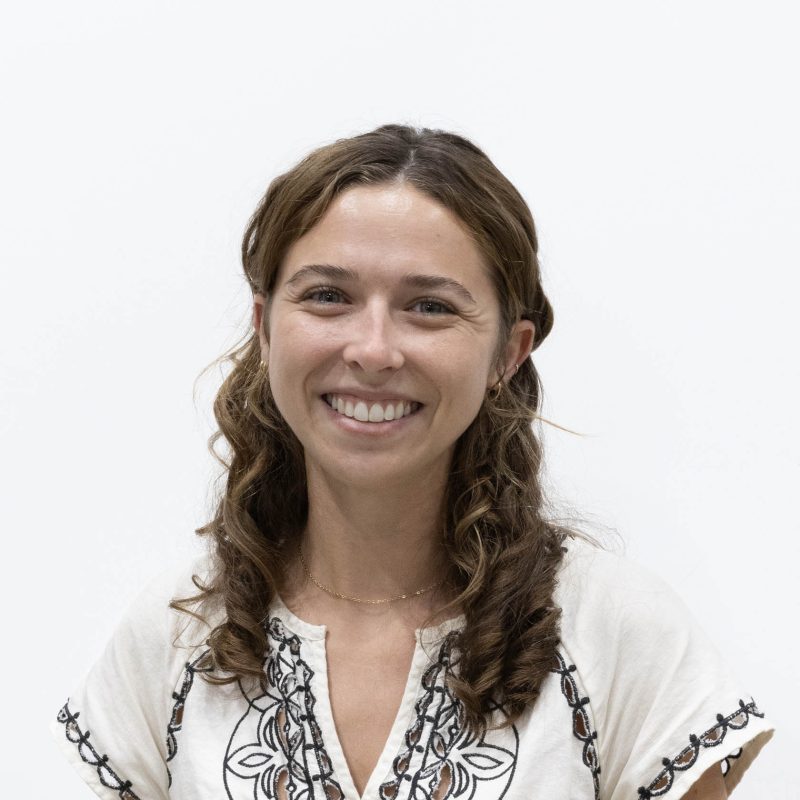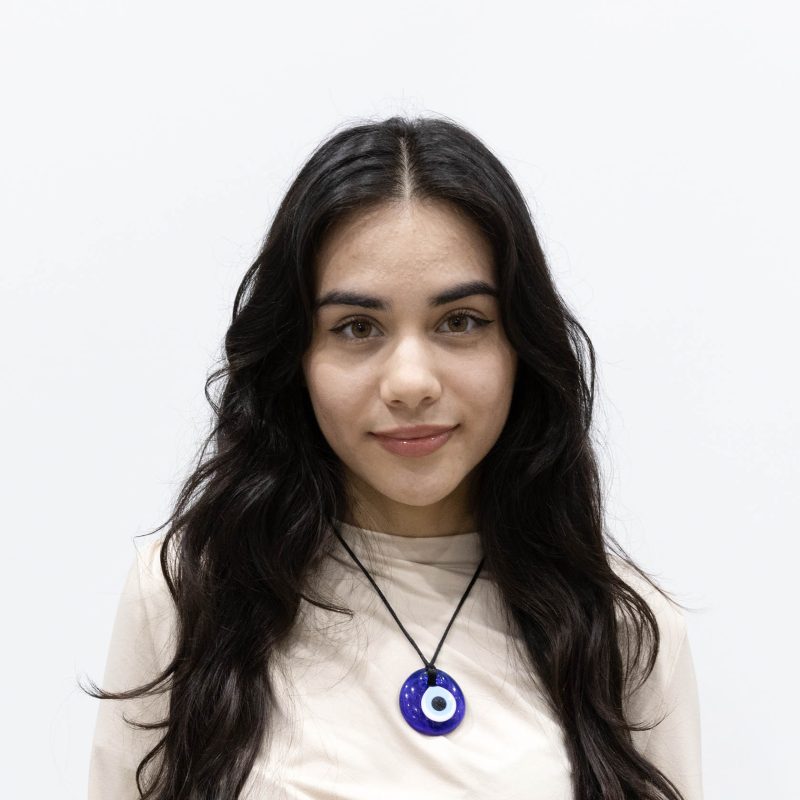About us
Welcome to ArtCare Conservation. We’re a leading fine art conservation company specializing in the treatment of paintings on canvas and panel. Our team of industry experts has been selected from around the world and works across three studios in NYC, LA & Miami. We pride ourselves on our collective knowledge and expertise, ensuring the highest standards of painting conservation.
We feel privileged to work for many of the world’s leading galleries and institutions, auction houses, and private collectors. Throughout our history – stretching back nearly forty years – we have taken particular pride in working closely with international art institutions, helping to ensure that our cultural heritage can be enjoyed by the future generations.
Our history

Rustin Levenson founds Rustin Levenson Art Conservation Associates (RLACA) in New York City.

Founder Rustin Levenson brings Painting Conservation practice to Miami.

Conservation treatment of Jackson Pollock's studio.

Treatment of hundreds of works devastated by Hurricane Andrew.

Seeing Through Paintings: Physical Examination in Art Historical Studies, written by founder Rustin Levenson and Andrea Kirsh, is published, receiving multiple awards.
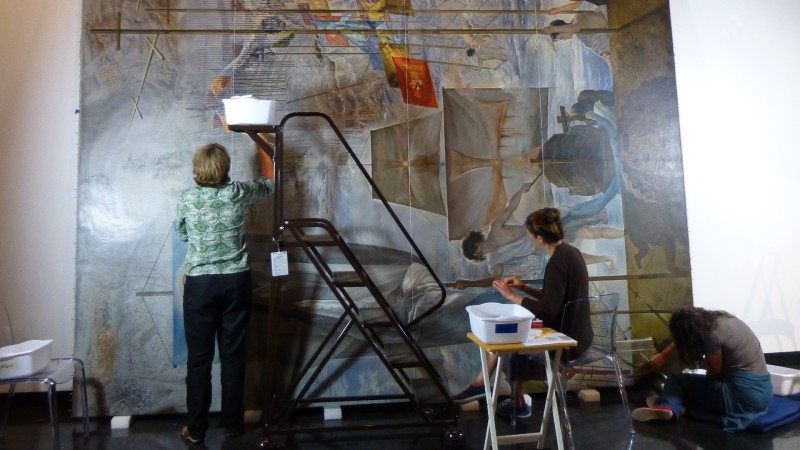
Conservation treatment of the Dalí Master Works.
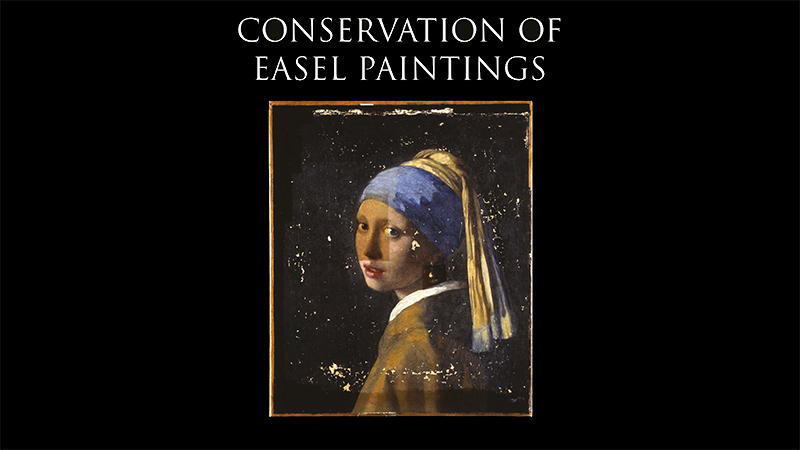
Founder Rustin Levenson authors and co-authors chapters in Conservation of Easel Paintings, edited by Joyce Hill Stoner and Rebecca Rushfield.
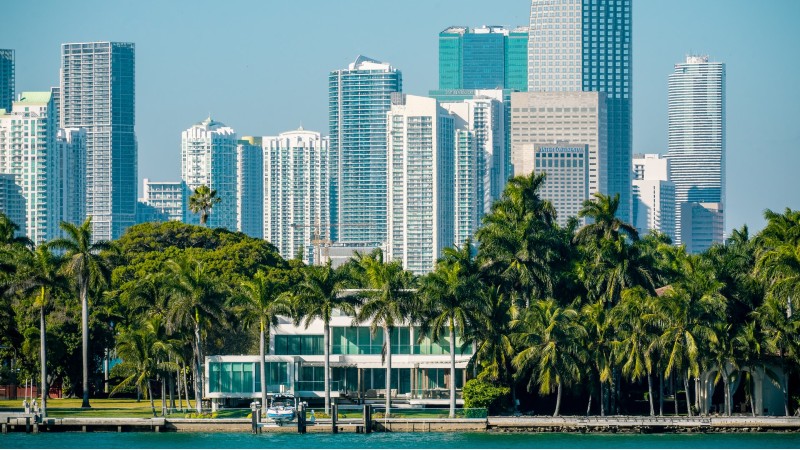
ArtCare established in Miami.
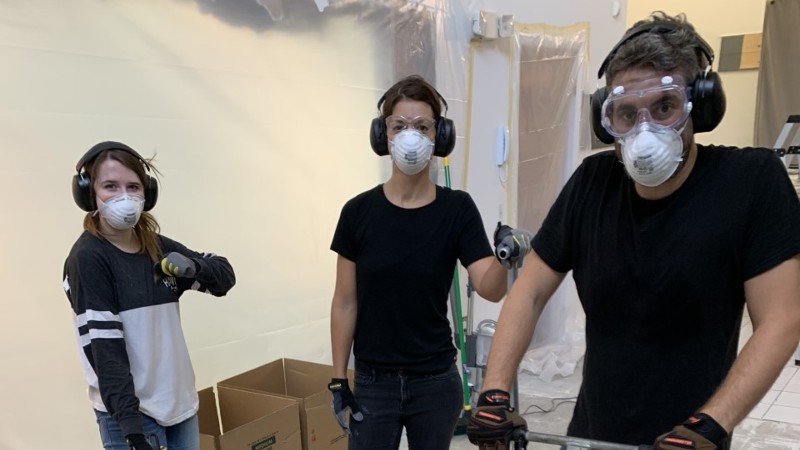
ArtCare expands the Miami location, becoming ArtCare Conservation.
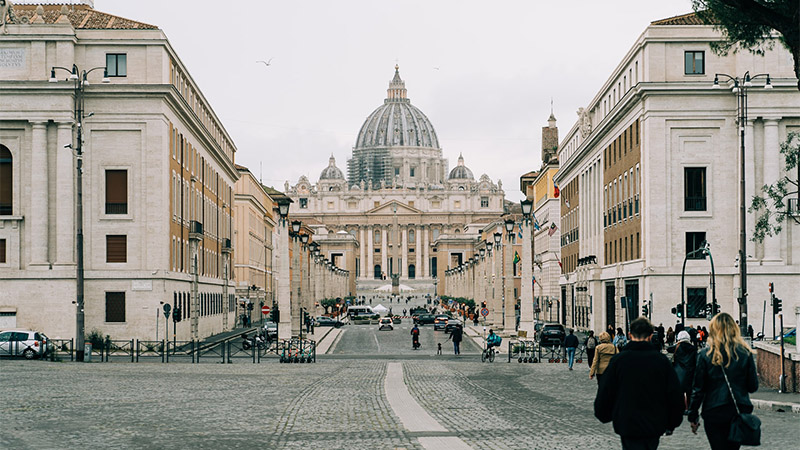
Rustin Levenson receives the James Marston Fitch Historic Preservationist in Residence by the American Academy in Rome.
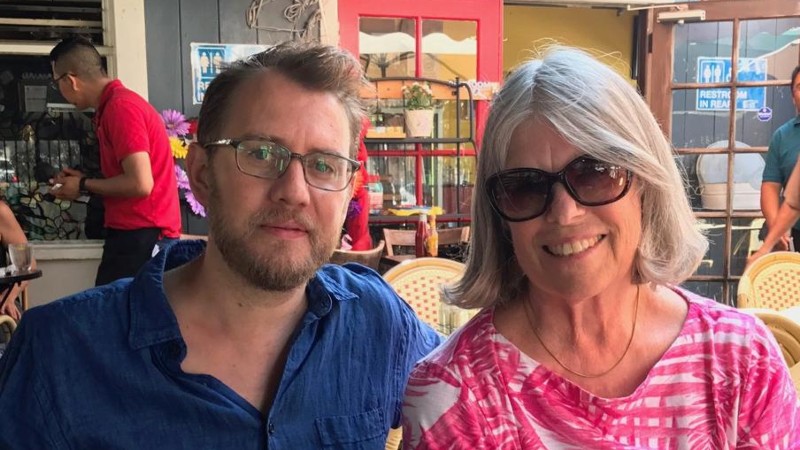
ArtCare Conservation opens the Los Angeles studio, appointing the late Steve Gayler to studio director.
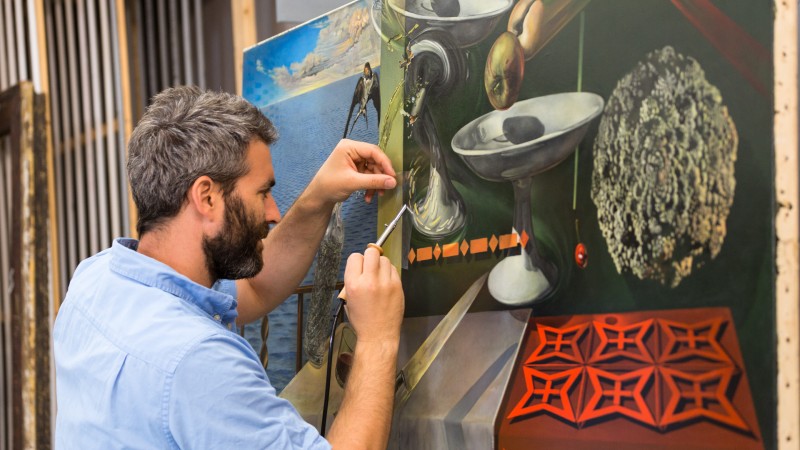
Awarded Bank of America Grant for the conservation treatment of Salvador Dalí, Nature Morte Vivant (Still Life Fast Moving) (1956).

Awarded Bank of America Grant for the conservation treatment of George Segal, Abraham’s Farewell to Ishmael (1987).

Large-scale conservation treatment of Albert Bierstadt, Domes of Yosemite (1867).

Awarded Bank of America Grant for the conservation treatment of Sandro Botticelli and Domenico Ghirlandaio's Coronation of the Virgin and Saints (1492).
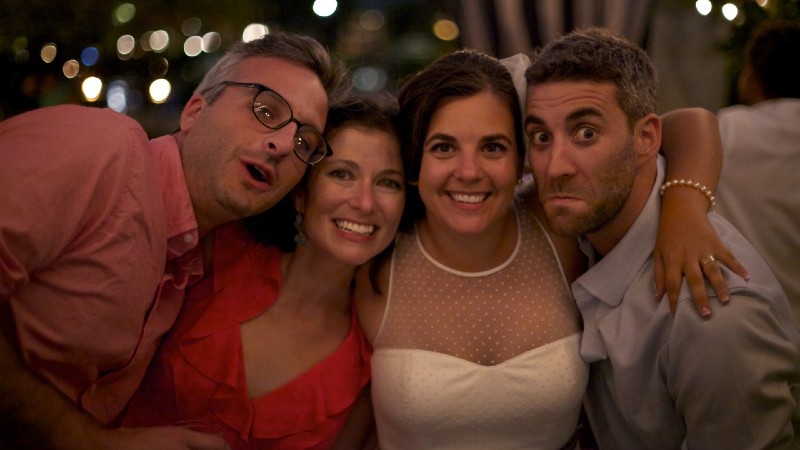
Miami studio celebrates new operating partnership.
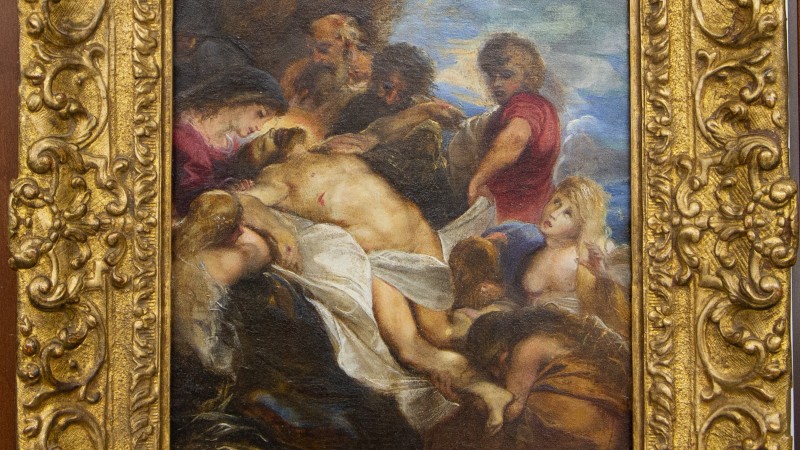
Awarded Bank of America Grant for the conservation treatment of Peter Paul Rubens, The Lamentation of Christ (c. 1605).

ArtCare expands the Los Angeles studio, appointing Blanka Kielb to studio director.

ArtCare Conservation Miami selected as experts in structural conservation by the Getty Foundation, leading a Conserving Canvas workshop and training residency.
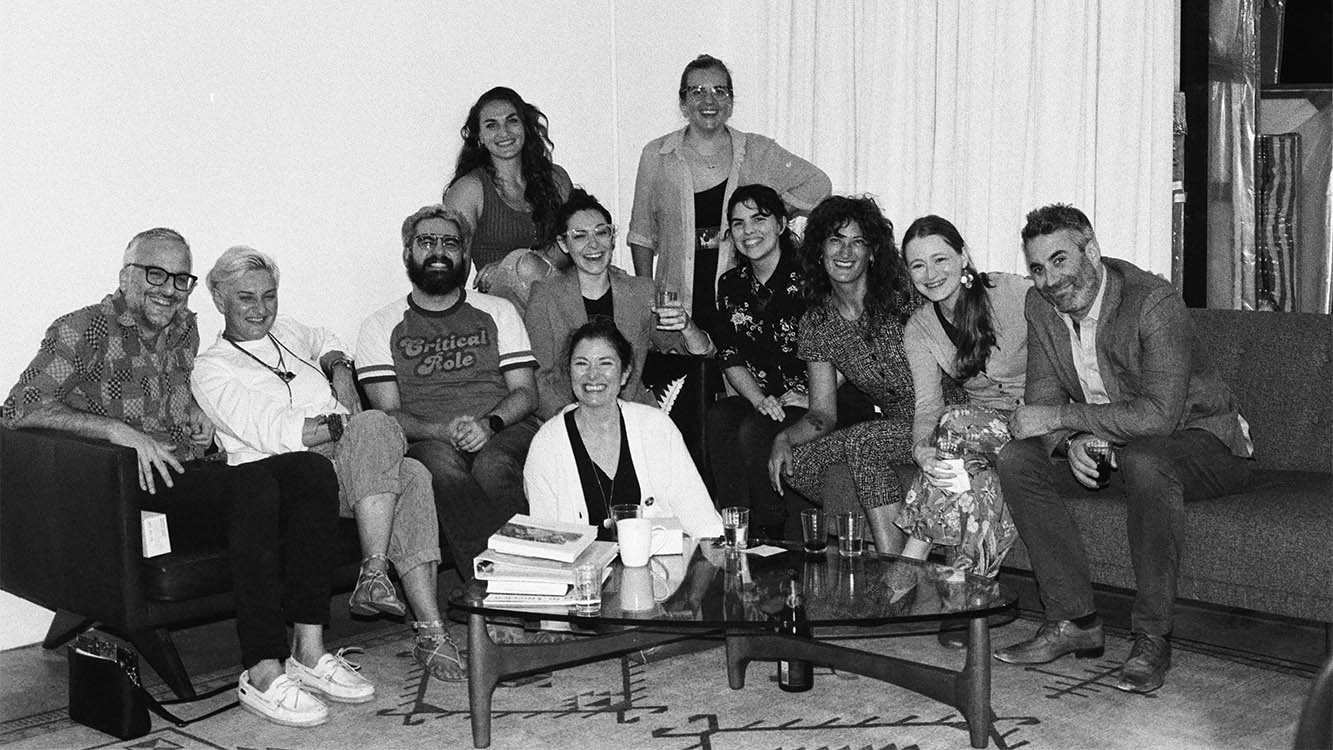
ArtCare Miami expands to new, more centralized location.

ARTnews lists ArtCare Conservation as an art industry leader in the United States.
Meet the team
ArtCare Conservation offers a unique depth of expertise. Each team member brings their own specialized training, talent, and a wealth of experience to every project. Our accumulated knowledge ranges across disciplines, allowing us to take care of even the most challenging and complex projects.
Working with Galleries

Leading edge
We are widely regarded as experts in complex structural conservation, an area in which we consistently work alongside other conservation practices and institutions.
Our studios consistently work on a complete range of artistic periods. We utilize the most advanced technologies available to our profession to ensure that our analysis of materials is documented and understood prior to any undertaking of conservation treatment.
Time never stands still at ArtCare. Our conservators are encouraged to educate emerging conservators as well as established conservators, through lecture programs, workshops, and publications. At ArtCare, our culture is about striving to further the progression of the conservation profession for the betterment of the objects in our field’s collective care.
We’re conscious that you may have a whole host of questions you’d like to ask us. We’ve compiled our most common FAQs as a useful starting point.
On the contrary, conservation can maintain or increase the value of your artwork, when done correctly. When conservation treatment is performed carefully, prioritizing minimal intervention, reversibility, and the artist’s intent and original materials, this best ensures the longevity of your artwork. After conservation, the value of artworks can be reinstated, having previously decreased in value due to the damage incurred. As mentioned, we defer to appraisers for the artworks market value.
The time required to complete conservation treatment varies considerably based on the scale and complexity of work. Treatment turnaround can range from a few days to a few months. The typical turnaround for a standard project is approximately one to two months.
The conservator’s intention is to preserve the integrity of the artwork, meaning that retouching is restricted to the areas of loss. Where damage has not resulted in defined loss, but has abraded or otherwise disturbed the paint surface, minimal retouching can be necessary to visually reintegrate these areas into the composition.
Yes. Our conservators use reversible materials and methods in their conservation treatments. Only in extreme cases, alongside thorough communication with our client, would non-reversible methods be considered.
Cost of conservation varies dramatically according to the size of artwork, complexity of damage, and level of degradation. We do not price based on the value of artwork. Please call for cost estimates.
We do not perform appraisals, as this would be a conflict of professional interests. We can, however, put you in touch with appraisers whom we know and trust.
The journey to becoming a conservator varies, but often requires several years of pre-program work and a post-secondary degree in art conservation from an accredited institution. Once these requirements have been met, one may begin their professional training.
